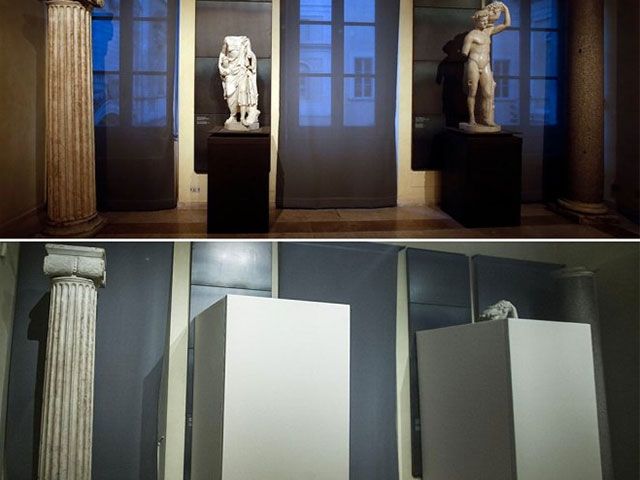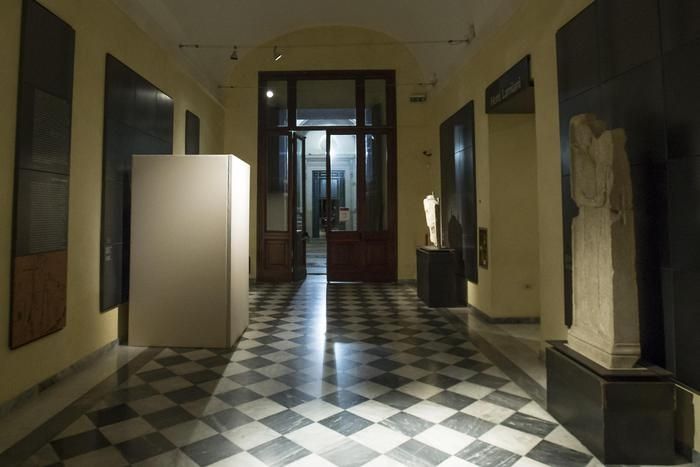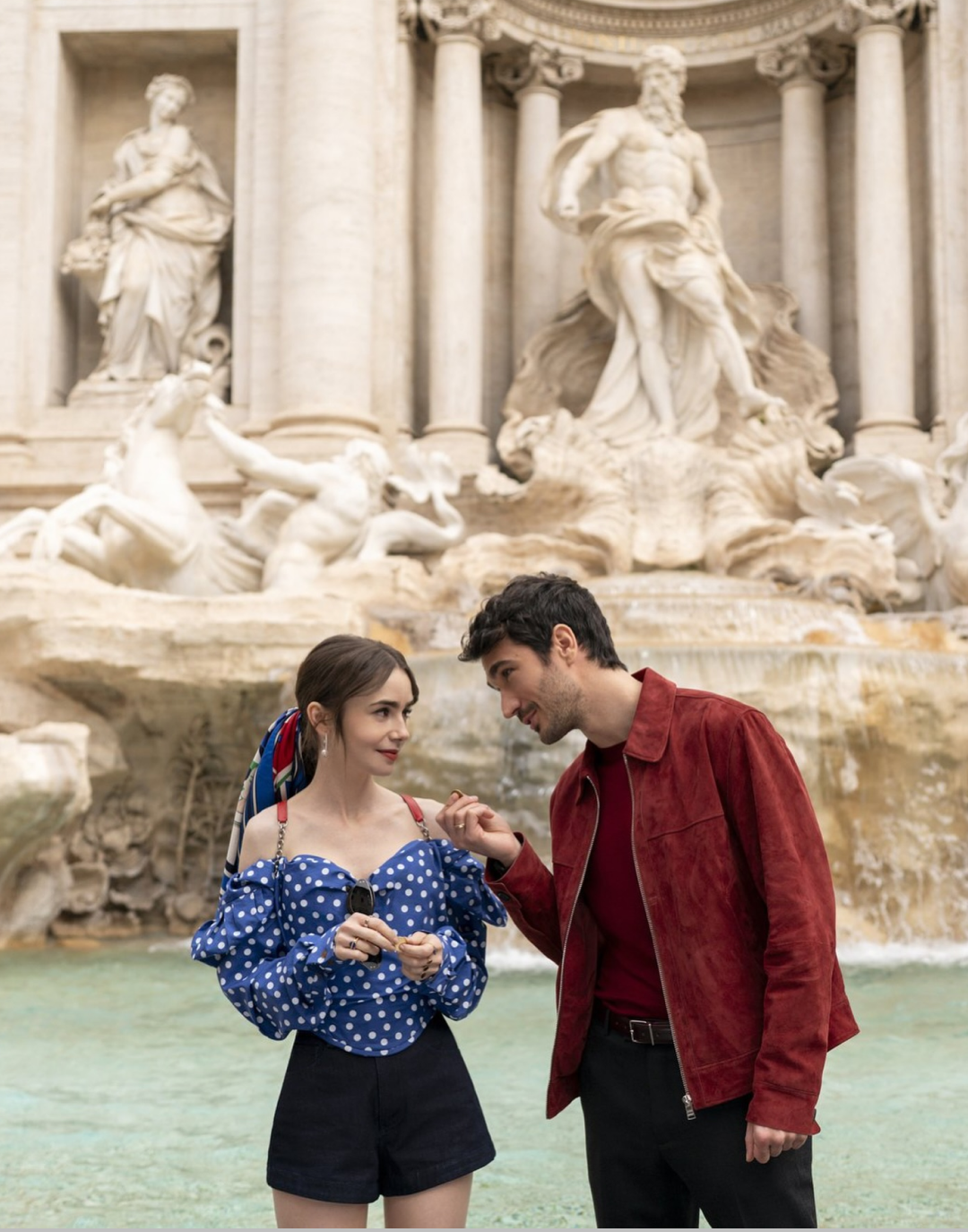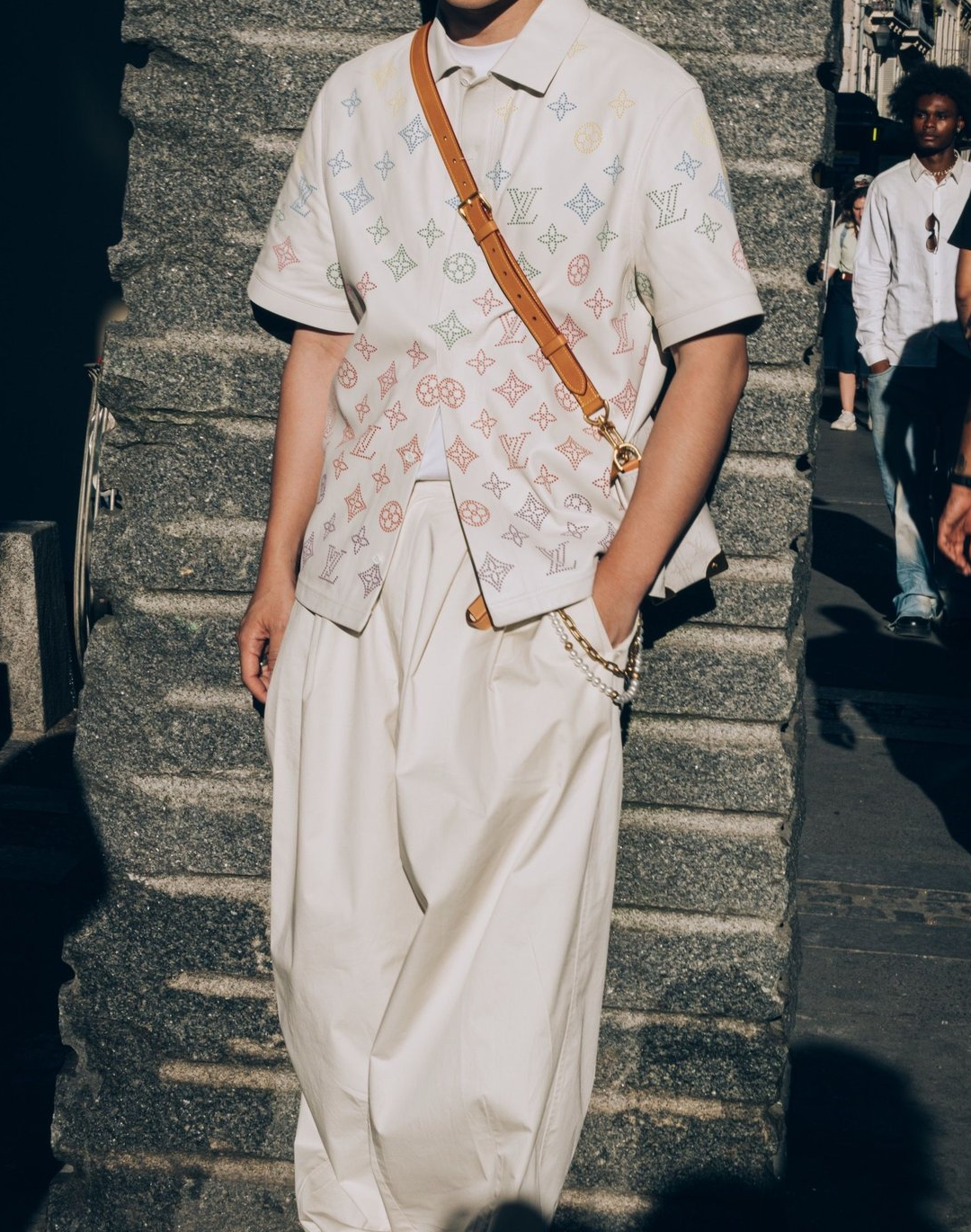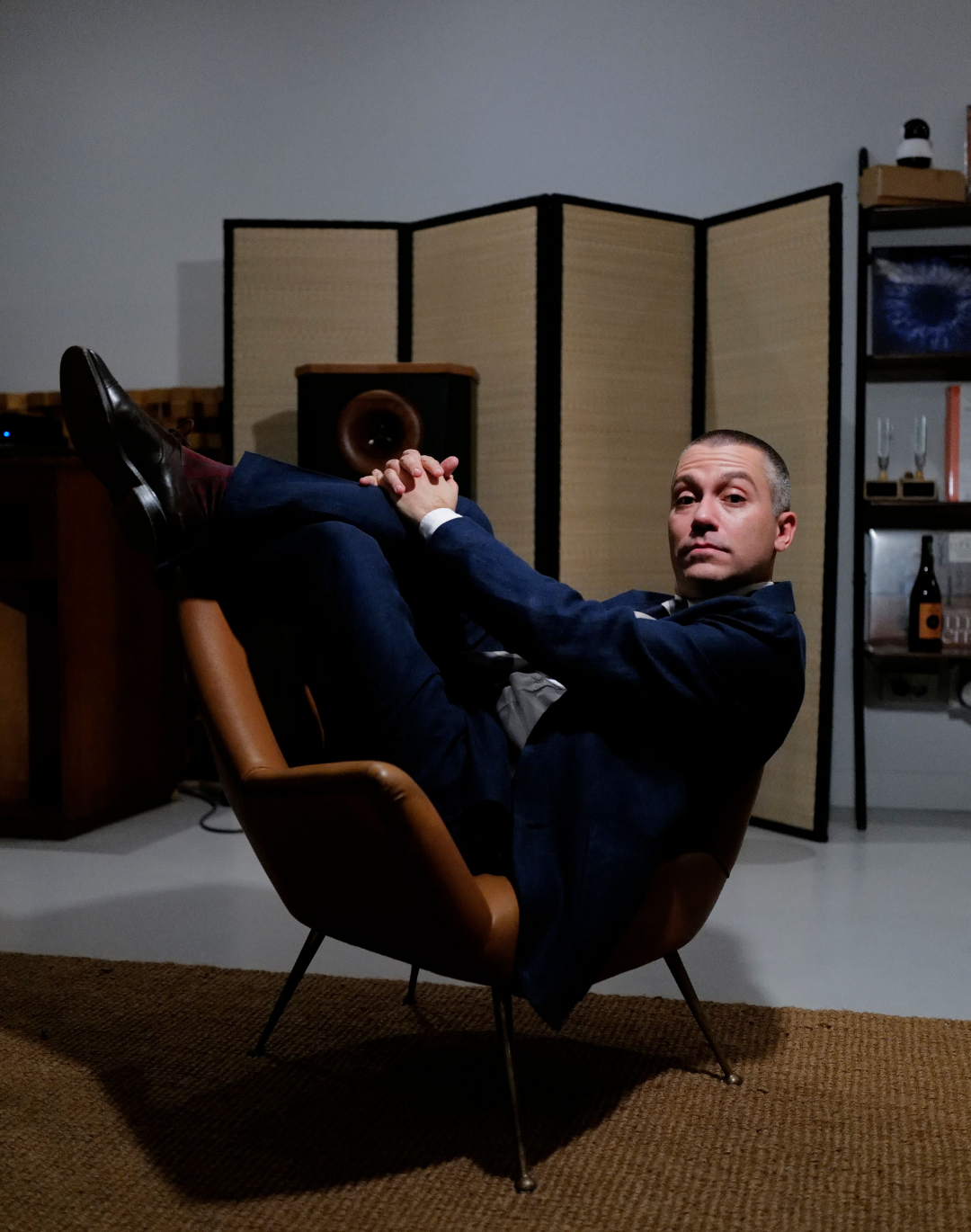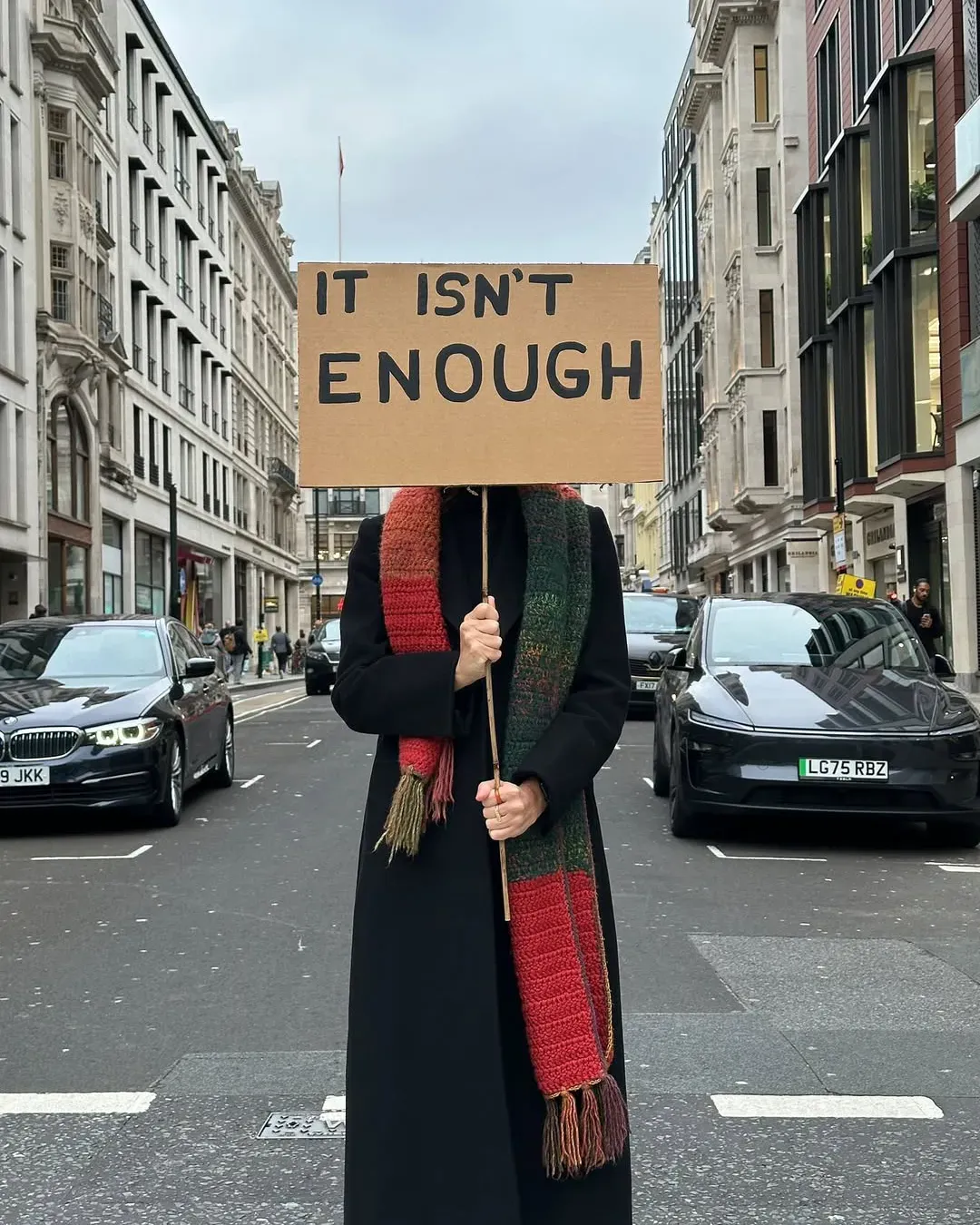
Censorship at the Musei Capitolini in Rome The polemics
A museum is not only a place where art works are exposed for their fame and prestige. A museum is a testimony of a nation's identity, is a material legacy and is a symbol of freedom and equality: anyone can enter, leave or lose himself in a museum, still remaining the same as everyone else and have their same rights and duties.
Starting from this strong awareness, and from the fact that a democratic country is defined as such because it has voluntarily chosen not to belong to a reign of terror, oligarchy and prohibition, why in the capital of this same country we assisted to episodes of censorship of the ancient sculptures of the Capitoline Museums depicting nudes, during the visit of Iranian President Rouhani?
In order to avoid a "diplomatic incident", the Prime Minister Matteo Renzi decided to cover the statues with big panels, to "respect" the Iranian laws that strictly prohibit the exposure of the (nude) female body in every form of art. Many complained immediately this "respect" is nothing but submission, and that this obscurantism is a shame for our country.
Many questions arise as a result of this event: why putting a gag on our culture and stick to a servility that is not covered in our democracy? Why accepting a "subculture" that ignorantly welcomes a vulgar moralism not shared by the majority of the Western countries?
Such a thing hasn't happened since the Council of Trent (1545).
This means denying ourselves, being inundated with an idealism enemy of our ideas, to which we don't respond by defending our peaceful freedom, but giving up to other people's ideas.









































